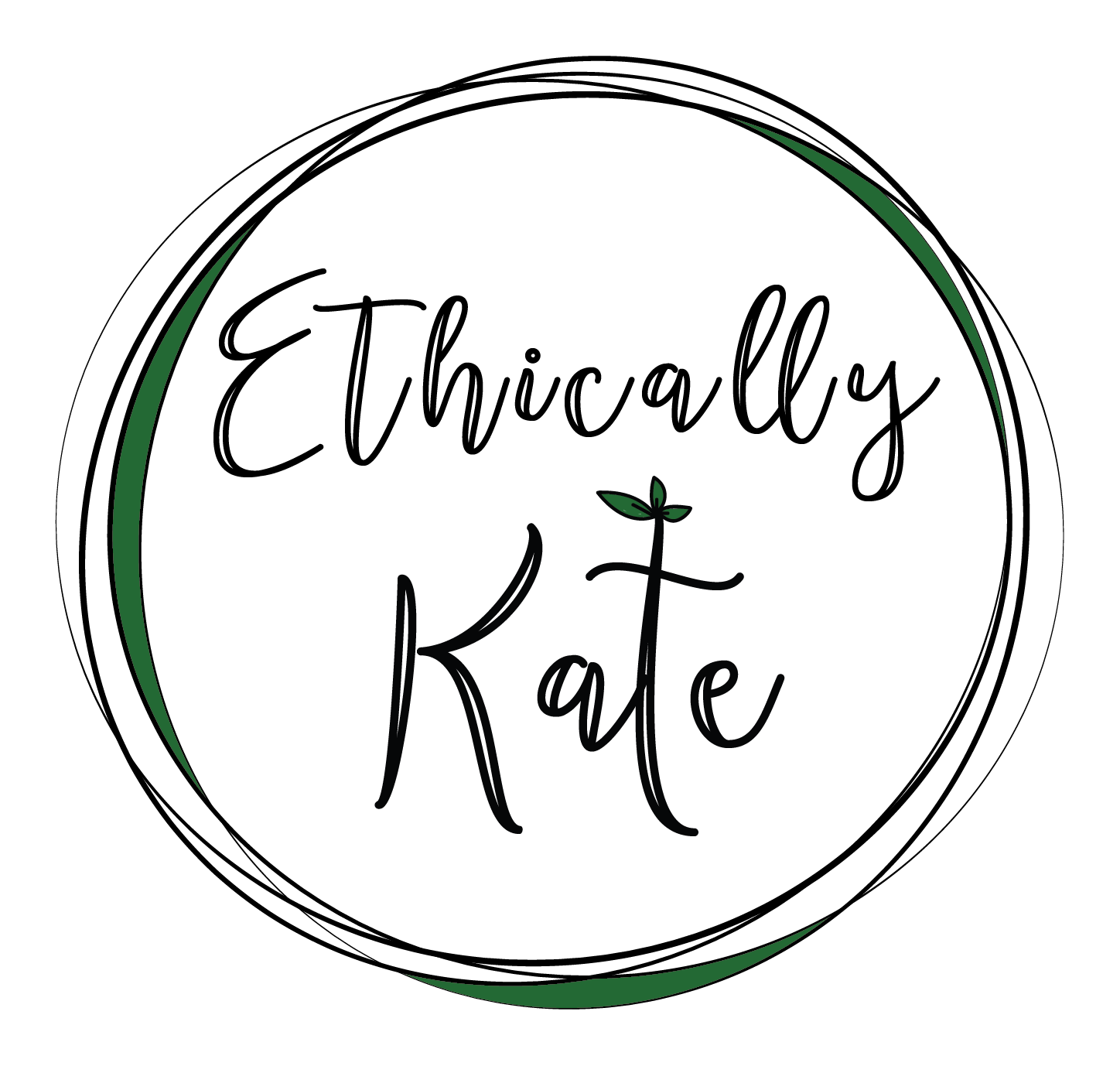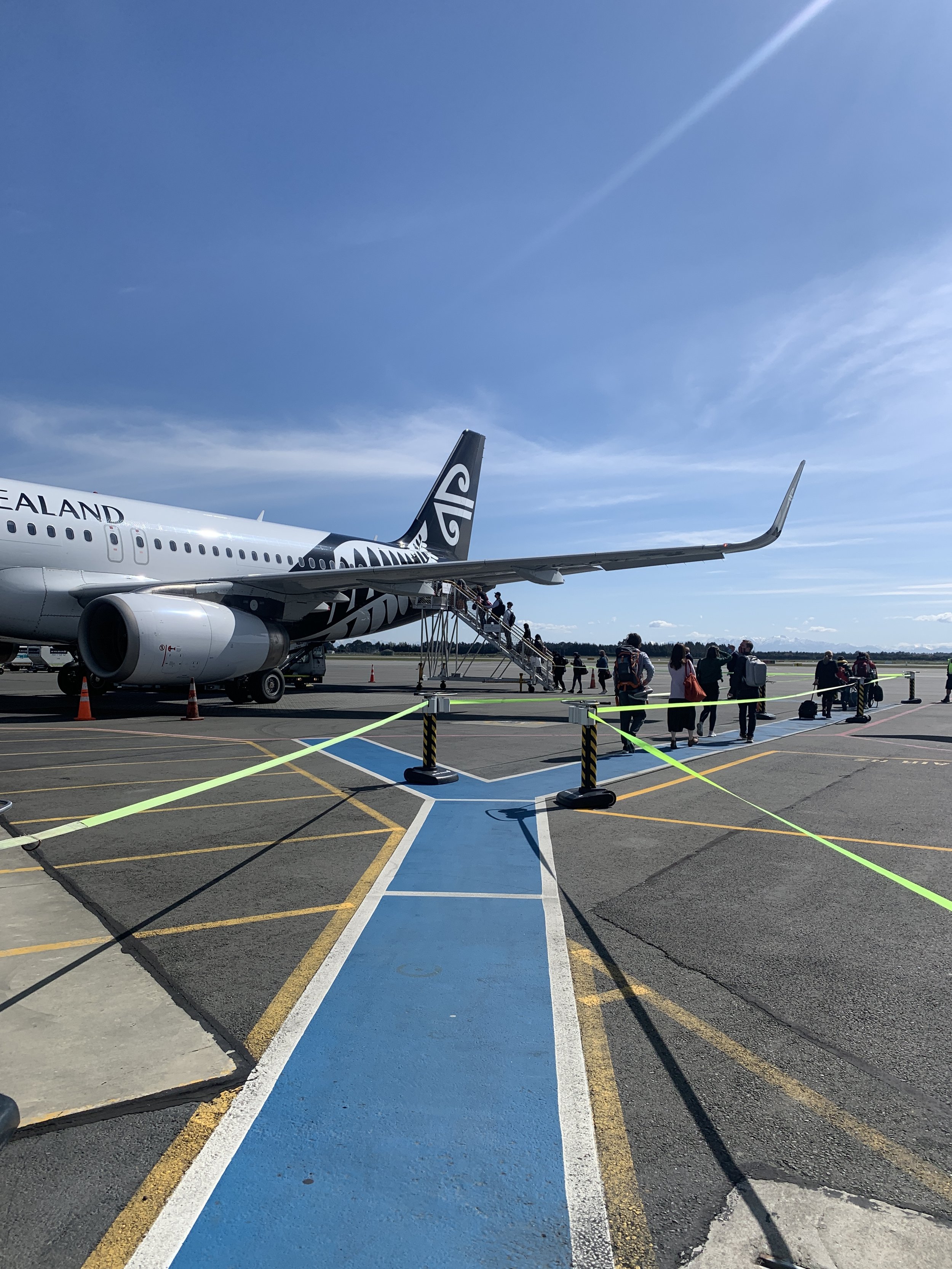How To Offset Flights
I spent the first three months of this year (2023) in India. As a sustainable lifestyle advocate, the elephant in the metaphorical room is that I didn’t swim there… I flew.
The decision to travel to India was not taken lightly. I was plagued with guilt during the decision making process as I asked myself questions like “does my desire to see my friends, visit ethical fashion factories, and explore a new country warrant tonnes of carbon emissions and negative impact on the planet I adore?” Obviously, I ended up answering ‘yes’ to this question but it wasn’t as simple as that.
I do not believe that the impact of travelling to a country can be calculated solely by the carbon output of flights. There are all sorts of positives to travel that should not be overshadowed by the environmental impact alone. But this isn’t a blog post about that.
Flying is one of the most carbon intensive activities you can partake in. We must reduce our reliance on air travel wherever possible (I have cut my trips by over half in the last few years) but when we do find ourselves soaring through the air in a gas guzzling machine, there are ways we can do good elsewhere and ‘pay for our sins’ in the form of carbon credits. The Carbon Credit industry has boomed over the last 10 years and along with that, has come funding for some seriously amazing reforestation projects, but also a lot of greenwashing. Carbon credits act as a mechanism to drive great climate action but in all conversations around carbon credits and offsets we must remember that they can act as an excuse to kick the can down the road when it comes to actually reducing emissions.
I’ll do my best, with the help of my researcher (Stef), to explain what carbon credits are, how they work in a New Zealand context, what to look out for when purchasing them, and discuss if Air New Zealand’s (one of the most relevant airlines for most of you reading this) offsetting program is legitimate.
What is a carbon credit?
A carbon credit is a ‘financial mechanism.’ It’s like a permit that entities can pay for that represents the equivalent of 1 tonne of carbon dioxide (1 T CO2e) and is awarded for removing, reducing, or avoiding carbon dioxide emissions in the environment. Put slightly differently, a carbon credit is a certificate that allows a company to emit one tonne of CO2 or another greenhouse gas (GHG) because of the one tonne removed by the carbon-removing project the credit was bought from.
Carbon credits are essentially compensation for bad behaviour. Typically, this has looked like planting trees and calculating how much carbon that area of planting will sequester over a certain period of time. But now projects are extensive, anything that reduces carbon can count. Wind farm development, landfill gas capture, and most clean energy projects can qualify, though not all carbon credits are made equal; there are multiple things to look out for when choosing who to purchase carbon credits from. But first, let’s look at carbon credits in a New Zealand context.
How are carbon credits calculated in tree planting?
The number of units depends on a lot of different factors. It also involves complicated calculations. Units depend on:
how much forest land there is
the age of the trees
the forest type
the rotation (harvest cycle) the forest is on
the method of carbon accounting used
How to choose what company to purchase carbon credits from:
Are they certified by a third party?
Some carbon credit providers have certifications but there are very few certifications that are recognised by the government. The most well known international certification and one of the best to look out for is Gold Standard. Gold Standard is a process that requires projects to have an independent assessment conducted by an accredited validation and verification body (VVB) and have an ongoing focus on climate security while actively working towards the UN’s Sustainable Development Goals. Gold Standard for the Global Goals is a standard that sets requirements to design projects for maximum positive impact in climate and development and to measure and report outcomes in the most credible and efficient way.
What is their transparency like?
If you can easily find out what project your money will be going towards, that’s a good thing. Many carbon credit organisations have websites full of jargon and fluffy language with little information about where your money actually goes. Being able to easily understand and see what projects they’re working on is crucial - it’s a major red flag if you cannot!
Is it regenerative, local and long-term?
The permanence of a carbon offset project ensures that the carbon sequestered will have a long-lasting impact on reducing greenhouse gas (GHG) emissions. Permanency is a big factor as it determines how much impact your credits actually have. Forestry projects are protected for 50-100 years meaning that some trees are only protected for 50 years and can then be cut down and replaced.
Kate’s top picks:
Ekos
I’ve used Ekos for several years and love the ease of their website. Their projects are based in NZ and the Pacific Islands plus they focus on native forest regeneration & conservation. All Ekkos projects meet international standards and are certified by organisations like Plan Vivo. Ekos are registered under the New Zealand Emissions Trading Scheme.
Cool Effect
All carbon credits on the Cool Effect platform are from carbon projects that have been certified by one of the major international carbon credit standards, such as The Gold Standard, Verra, or the Climate Action Reserve. Cool Effect’s transparency in projects and pricing is a big bonus too.
Toitū
All credits used by Toitū carbon zero programme members, as well as those supplied through our calculators and other services, must be:
Issued under a voluntary or compliance standard recognised by the programme
Generated by a project that has been assessed and approved as being suitable for offsetting by the programme
Issued in a recognised registry
Retired, cancelled or otherwise taken out of circulation in the programme’s account in the relevant registry
Another international option is Carbon Better, but if you're based in Aotearoa New Zealand then I recommend supporting local!
Is Air New Zealand’s offsetting programme legitimate?
Let’s go through the questions I’ve recommended above. Are they certified by a third party? Yes, they are Gold Standard Certified and Toitū has certified the air travel emissions data for carbon reporting. What is their transparency like? It’s easy to find information on Air New Zealand’s website that specifies half of their carbon credits are sourced through Chooose and the other half contributes to Trees The Count who take funding for native trees and match it to planting projects around Aotearoa. Are these contributions long term, local, and regenerative? Yes. Trees That Count focus on restoration, regeneration, and protection of Aotearoa’s native biodiversity. Chooose drives climate change impact through customers’ experiences which is a brilliant long term project to contribute to because it inspires behaviour change that can have endless ripple effects.
As I mentioned at the very beginning, carbon offsetting is not straightforward. We must focus on reduction rather than counteracting bad behaviour. Our actions create a market for future technology development and if everyone started offsetting we’d get to a point that the cost of offsetting would be so high that no one could do is easily. We cannot carbon offset our way out of a climate crisis (a great article on this here), but while we wait on the development of things like hydrogen planes and high speed rail, purchasing trustworthy credits is a great way to take responsibility for your air travel.






